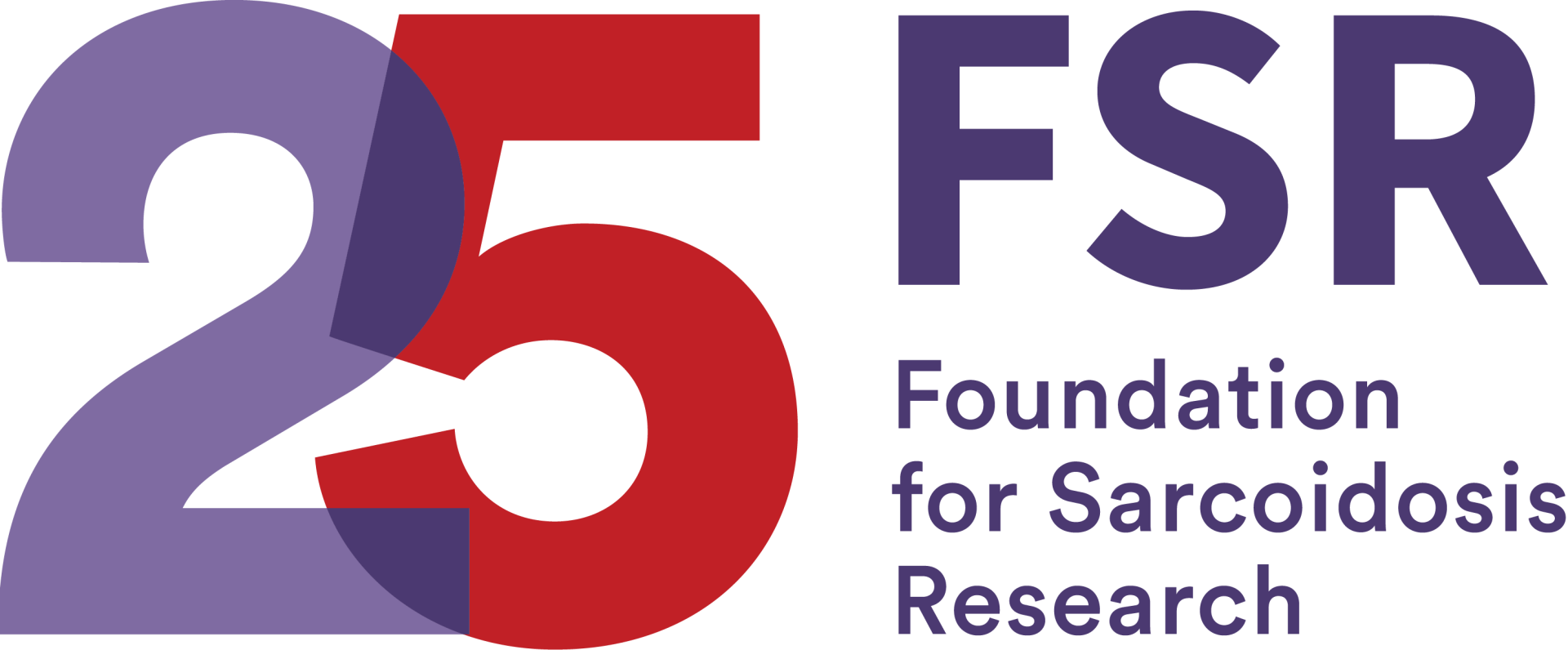Signs and symptoms of sarcoidosis vary widely depending on the organs affected. While many people who have sarcoidosis have very few or no signs of the disease, others suffer debilitating effects that can interfere with daily life. It is important to discuss all symptoms with your physician so they can arrive at the correct diagnosis and develop the best treatment plan for your unique case. When patients are first diagnosed, they often present with a classic set of signs described as Lofgren’s Syndrome:
- Fever
- Enlarged lymph nodes
- Swollen and painful joints, arthritis
- Erythema nodosum, raised, red, and tender bumps to form on the skin, usually on the front of the legs. Nearby joints are often swollen and painful.
Often, the presence of erythema nodosum is a good sign, indicating the type of sarcoidosis that also goes away on its own after a few months or years, often without treatment.
Common Signs:
Because sarcoidosis so often affects the lungs, other common symptoms of sarcoidosis include shortness of breath, wheezing, and chronic cough. Some patients will also experience chest pain and others will have no signs at all, even when inflammation is present.
Other Symptoms:
Because sarcoidosis can affect any organ in the body, a wide variety of symptoms can be seen, including:
- Fatigue
- Unexplained weight loss
- Night sweats
- Overall feeling of sickness
- Irregular heart beat
- Swollen legs
- Headaches
- Visual problems
- Weakness or numbness of an arm, leg, or part of the face
- Discoloration of the nose, cheeks, lips, and ears
- Scaly-appearing skin rash
- Joint pain
- Muscle swelling and soreness
- Arthritis
- Burning, itching, tearing, or pain in the eyes
- Red eyes
- Sensitivity to light
- Blurred vision
Note that this is not an all-encompassing list. There are many more signs and symptoms that can be seen in patients depending on the organs involved.
